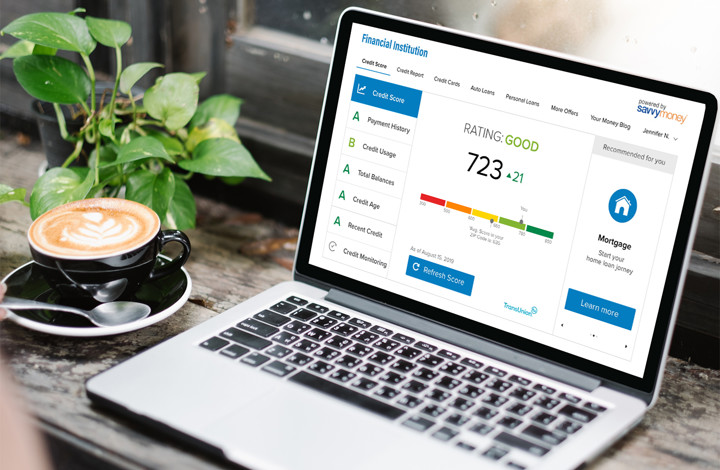As technology increases, so does the risk of fraud.
It’s becoming far too easy for criminals to steal money from innocent people. Robbing a bank is no longer necessary, because criminals can now score higher amounts of money directly using their home computers and a high-quality color printer. One of the newest and easiest types of theft is check fraud. Annual losses due to check fraud are now estimated at billions of dollars, and that continues to grow with smarter technology. For the consumer, the inconveniences and stressors caused by problems with their accounts are troubling and time-consuming, which is exactly why we want to train our members in this area so you won’t fall victim to these attacks.
How does it work?
Check fraud occurs when a criminal takes your printed checks or reproduces them with computer software. Then, they’re able to cash those checks, pulling money directly from your checking account. This is becoming increasingly common and can happen in a variety of ways.
Check fraud is typically committed through these criminal methods:
- Forgery: Signing a check without authorization or endorsing a check not payable to the endorser
- Theft: Stealing checks to use for fraudulent purposes
- Paper Hanging: Writing checks on closed accounts, or ordering and writing checks on closed accounts
- Check Kiting: Intentionally gaining access to funds deposited in one account before the bank collects them from another
- Washing: Using chemicals to remove information from a check
- Counterfeiting: Illegally printing checks using information from the victim’s account
Take these steps to avoid check fraud:
- Protect your checks. Store your checks, deposit slips, bank statements and canceled checks in a secure and locked location.
- Destroy what you don’t need. Unless needed for tax purposes, destroy old checks, statements, deposit tickets, and ATM receipts.
- Monitor your accounts. Look through your account statements on a regular basis to ensure all transactions were completed by you. You could also set up text alerts to catch fraudulent activity right as it occurs.
- Don’t leave checks in your car. Never leave your checkbook in public places, but especially not in your car. It’s too easy for fraud artists to break into your vehicle!
- Avoid sending checks from your home. Thieves often steal right from your mailbox. Always choose to mail checks from your post office.
- Avoid giving information on the phone. Be wary of giving your account number over the phone. Fraudsters often trick victims through unsolicited phone sales.
- Check for your checks. If your home is burglarized, look for your checks to determine if they’ve been stolen. Look closely, because thieves will sometimes take only one or two checks from the middle or back of the book. The longer it takes to detect if checks have been taken, the more time the criminal has to use them successfully.
This information is provided for informational purposes only. It does not constitute legal, tax or financial advice. Consult with your tax, legal or financial adviser before taking any action.







